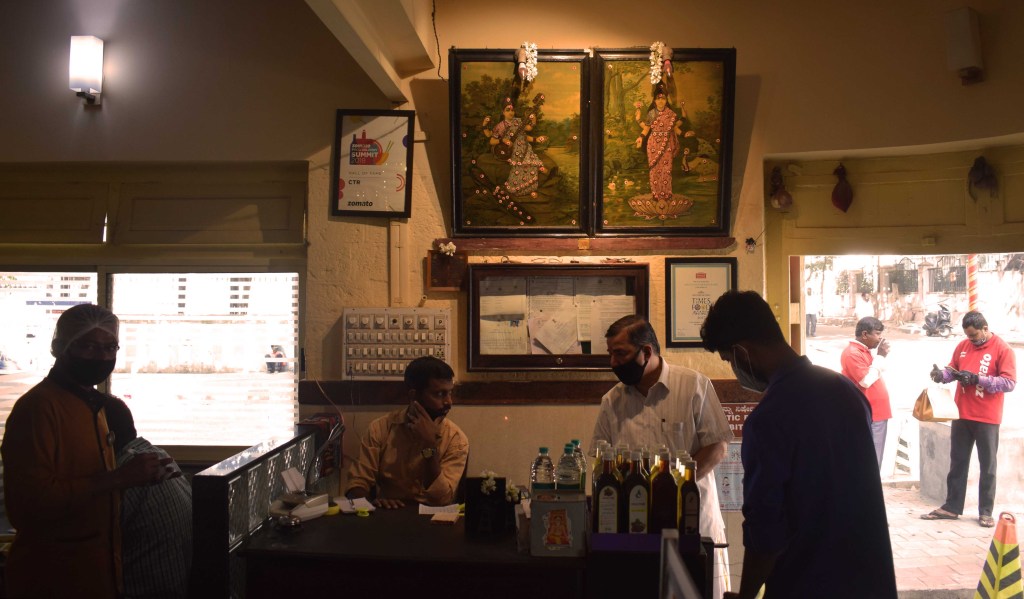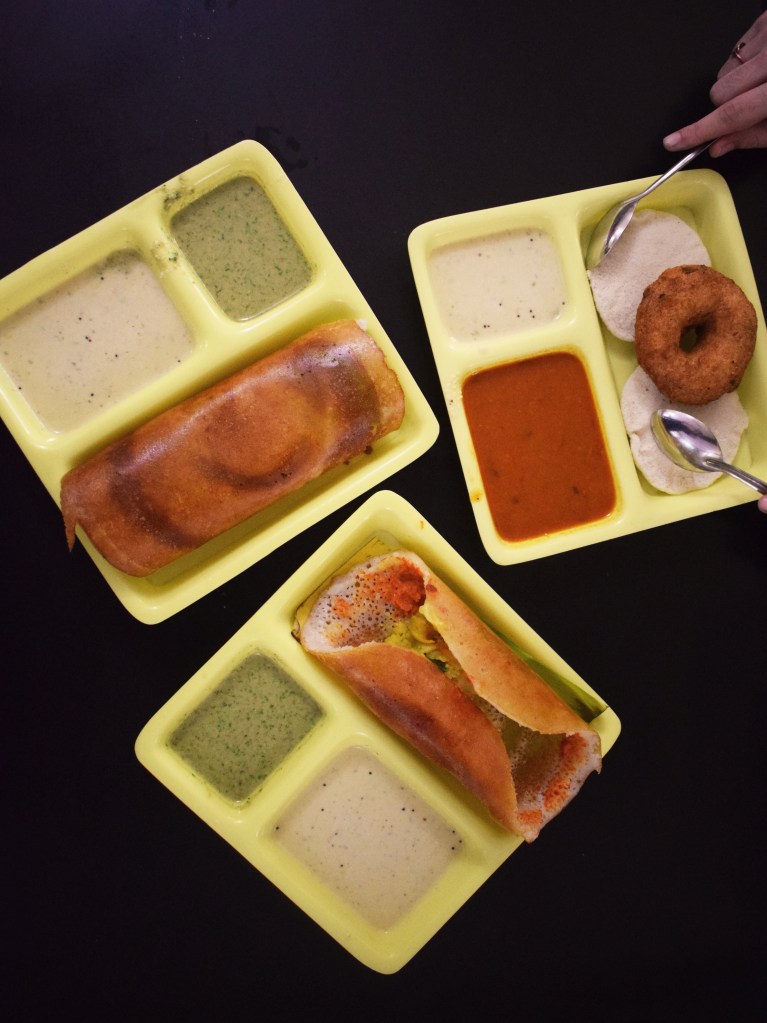The first prime minister of India, Pandit Nehru said that India is a country held together “by strong but invisible threads … a myth and an idea, a dream and a vision, and yet very real and present and pervasive”. India’s national identity, according to our Founding Fathers, is not derived from commonalities of religion, ethnicity, language or even geography. Our idea of nationalism is spelled out in a constitution enshrining secular, pluralist and democratic ideals, where the many competing identities of its citizens can exist simultaneously. They hoped that the idea of India, an idea that embraced differences would eventually dissolve the many particularities that divide us and that casteism and religious hatred would gradually lose their divisive appeal. The boldness of this idea was predicated on that most basic and most important democratic principle – that in a democracy we don’t have to agree with each other on everything but only on the civic rules of engagement. One could be a proud and patriotic Indian and yet question the highest authority in the land.
That bold idea has been increasingly tested in the years since independence and has come under serious threat since the current political dispensation came to power. The success of caste and religion-based electoral math has led to an unprecedented coarsening of political rhetoric. Indian democracy, once considered extraordinary for its scale and enduring existence has in recent years been enfeebled through increasing threats to religious minorities and xenophobic jingoism. This decline is most visible in the increasingly strident, unrepentant hate speech by public figures, further emboldened by the seeming impunity.
According to a study done by NDTV in 2018, use of “divisive and hateful language by high ranking officials had increased by almost 500%” since 2014. The report states that there were “124 instances of VIP hate speech by 44 politicians, compared to only 21 instances under UPA-2”. The sitting Chief Minister of the most populous state in the country has famously spoken about the “love jihad” conspiracy where Muslims are allegedly on a mission to convert young Hindu women through marriage to Islam. The Home Minister has spoken of Bangladeshi immigrants as “dimak” or termites “infesting” the Hindu Rashtra, chillingly reminiscent of Nazi propaganda against the Jewish community in the 1930s. Others have warned of the “green virus” and on and on it goes. While there has been some retaliatory rhetoric from Indian Muslim politicians, the current climate of hate has clearly been instigated by the right-wing Hindu nationalist ruling parties and there is little hope of redress when the impunity to this discriminatory language is accorded from the highest office in the land.
Unfortunately, the normalization of divisive, sectarian and hateful speech is not just limited to words. Words have power and, in this era, where we are seamlessly embedded in a continuous stream of communication coming at us through specific vehicles of our own choosing (Television, Twitter feeds, Facebook and Instagram timelines, or Subreddits), we are trapped in echo chambers which reinforce the same messaging.
What happens when hate speech is normalized and streamed into our daily media diets?
There is no globally accepted legal definition of hate speech and it is a highly contentious and much debated issue. Most democracies, including India (but not the United States) have some kind of definition and policies toward hate speech (such as Section 153A and Section 295A of the Indian Penal Code which criminalise, respectively, speech that seeks to promote enmity between different groups and speech/acts that outrage/s religious feelings) but these are toothless paper tigers, seldom enforced and hence with little or no power of deterrence.
Scholars have defined hate as identity-based feelings of extreme negativity towards others and hate speech as language meant to vilify the ‘other’s’ identity to the extent that the ‘other’s’ legitimacy and humanity itself is called into question. Comparing illegal Bangladeshi immigrants to termites and characterizing Muslims as “the green virus” savages their very identity and constructs them as undeserving and contemptible, and this ‘other’ then becomes ‘less than us’. This classic insider-outsider status others the minorities to an extent that they are then seen as threats to the majority or traditional Indian (read Hindu) values which is followed by a call to arms to eliminate the threat of these ‘outsiders’. In other words, the normalization of hate speech is a slippery slope marking the beginning of marginalization of minorities and their construction as enemies deserving to be killed before actual violence is visited upon them. Cue the beef ban and public lynching of Muslims with impunity, the love jihad conspiracy theory, celebration of “goli maron saalon ko” (Kill the traitors) and many such atrocities which have unfortunately become so common place that they barely make the ticker tape on our favourite news channels.
This kind of vitriol that was once limited to the margins of our society and considered extremist and “out there” has now been mainstreamed into our political and social discourse. It has jumped from the lecterns of politicians to WhatsApp groups, our Facebook and Instagram timelines and pitched battles in increasingly coarse and sectarian language are being fought among family members, school friends and work colleagues. Our political leaders’ vitriol has given licence to the general populace to give voice to their basest instincts and heed the clarion call of violence. Research shows that as the mainstreaming of this violent language continues unabated and unpunished, media and society stop labelling it for what it is and simply view it as rude, unfriendly or at worst insulting. This is extremely dangerous as history has taught us over and over again that hateful propaganda has been a primary tool of authoritarians leading to repression, violence and genocide. Words in the hands of masterful communicators have the power to hurt and not only the minorities because hatred hurts the entire society where it is bred and practised.
Hatred, along various axes has always been a part of our history, but the fact is that this normalization of hate speech in our everyday political and social parlance is unprecedented and poses unique challenges to the “Idea of India” as a secular, pluralist democracy.
Purnima Mehrotra is the Associate Director – Research and Capacity Building at the Centre for Social and Behavioural Change, Ashoka University. She has experience across industries – education, research, advertising and non-profit.
We publish all articles under a Creative Commons Attribution-Noderivatives license. This means any news organisation, blog, website, newspaper or newsletter can republish our pieces for free, provided they attribute the original source (OpenAxis).



















